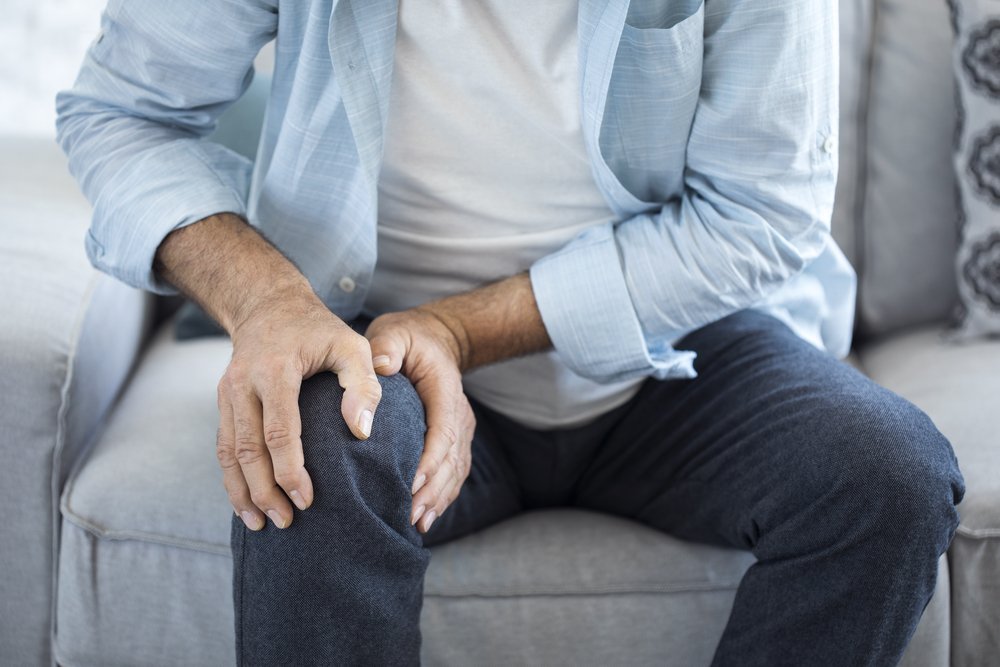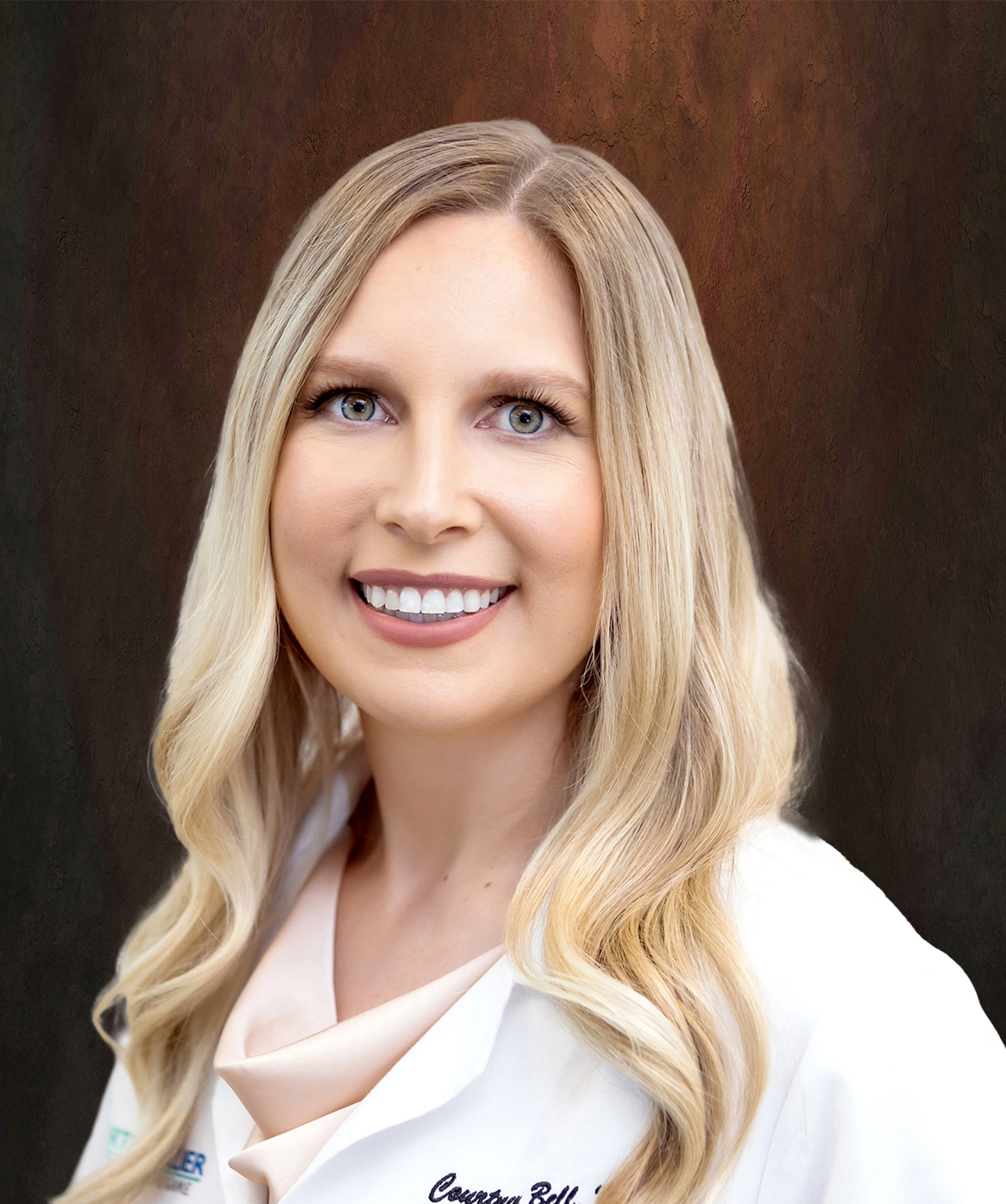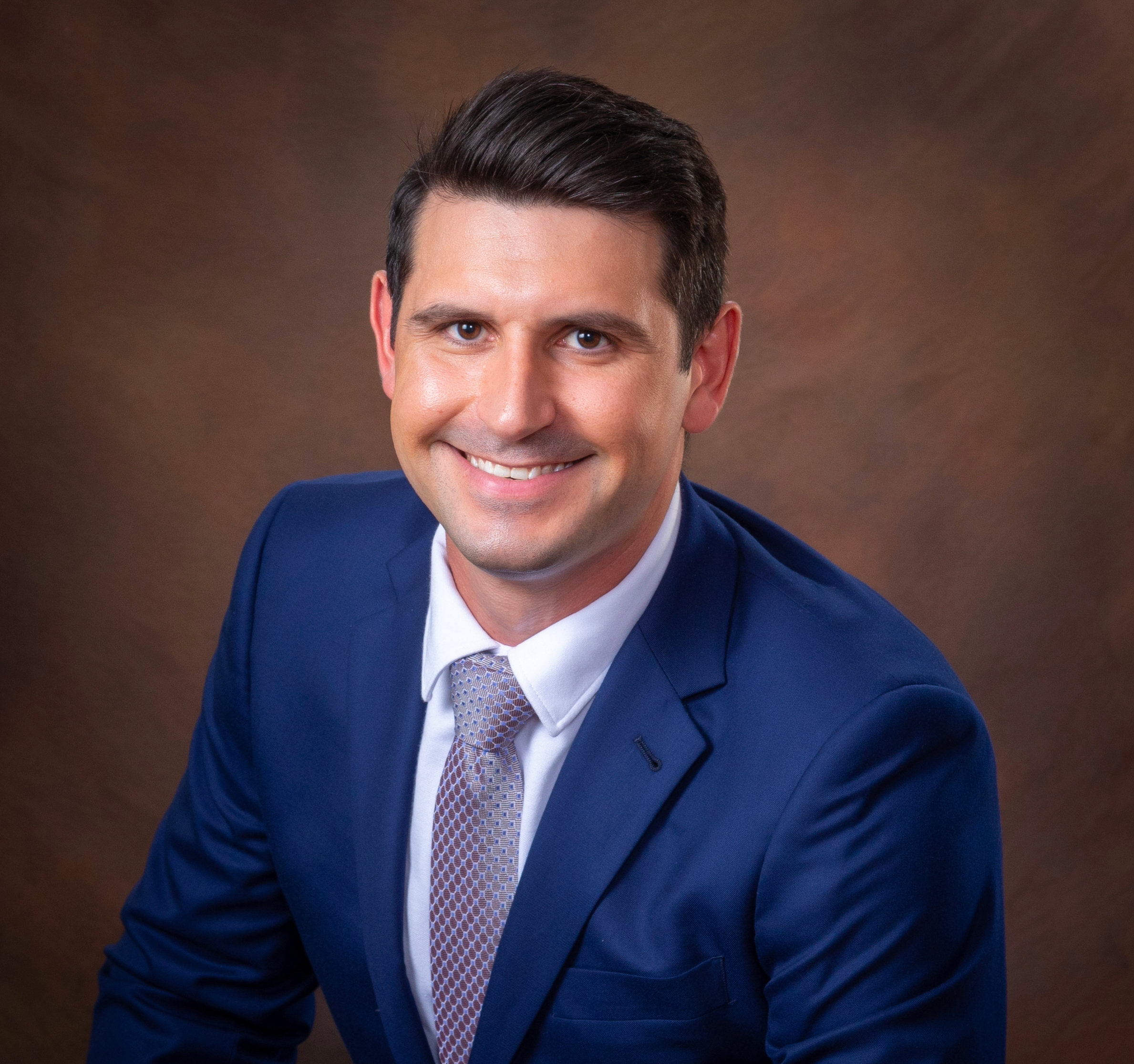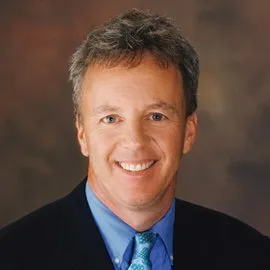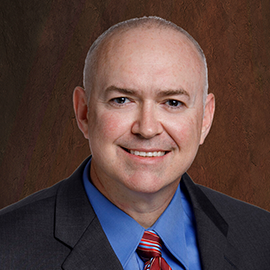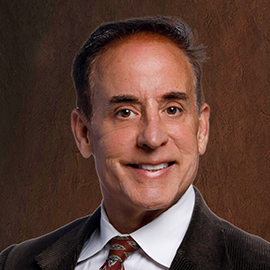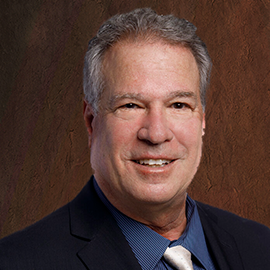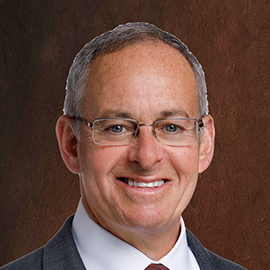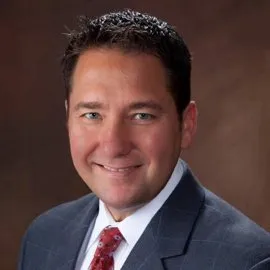Knee Arthroscopy
Knee Anatomy
Knee anatomy is complex, for the knee is the largest joint in the human body. The knee is made up of three bones: the lower area of the femur, also known as the thigh bone, the upper area of the tibia, also known as the shinbone, and the patella bone, also known as the kneecap.
In addition to bone structures, knee anatomy also includes the articular cartilage, the synovium, the meniscus, and the ligaments.
- The articular cartilage covers the ends of the femur and tibia as well as the area behind the patella. In the act of bending and straightening the leg, this smooth structure allows for frictionless and effortless mobility.
- The synovium is a thin lining that covers the knee joint. This structure works to release a lubricious fluid to the cartilage. In doing so, the synovium allows for smooth joint movement.
- The meniscus functions as a two-piece cartilage structure between the femur and the tibia. Its wedge shape and rubbery texture act as a shock absorber that supports the joint.
- The ligaments work to connect bones to other bones within the knee. Ligaments stabilize the joint by holding the bones together. There are two types of ligaments: collateral ligaments and cruciate ligaments. The two collateral ligaments exist on the sides of your knee, while the two cruciate ligaments exist inside your knee forming an X shape.
What is Knee Arthroscopy?
Knee arthroscopy is a procedure used to heal problems in the knee joint. A small camera, called an arthroscope, will be inserted into your knee through small incisions. This will allow for the surgeon to see the details of the injury and the inside of the knee joint on a screen. In this event, the surgeon will be able to evaluate the issue and correct it with small tools, if necessary.
Reasons for Knee Arthroscopy
Knee arthroscopy procedures can be needed for a number of reasons. The most common reason is knee pain. Depending on the situation, a doctor may recommend arthroscopic knee surgery to either correct the injury or diagnose the problem. The leading reason for knee arthroscopy is for doctors to identify the cause of knee pain and/or to treat the injury.
Common knee injuries that are often diagnosed and/or treated with arthroscopic knee surgery include but are not limited to: torn ligaments, torn meniscuses, torn or loose cartilages, cyst removals, knee bone fractures, swollen synovium, and misplaced patellas. Additionally, doctors use this technique to repair soft tissues and bones as well as remove damaged or inflamed tissue in the knee joint.
How do I Prepare for Knee Arthroscopy?
Preparing for knee arthroscopy is important to ensure that your procedure runs smoothly. At the start of your knee arthroscopy journey, your surgeon may encourage you to visit your primary care provider to assess and approve your general health prior to undergoing the procedure. You will then be contacted before your appointment to review specific instructions about the procedure. In most cases, this procedure does not require an overnight stay in the hospital. Your doctor will give you an anesthetic before starting your surgery. Local anesthesia will numb your knee, regional anesthesia will numb your body from the waist down, and general anesthesia will completely put you to sleep. The skin on your knee will be cleaned to prevent infection and your leg will be covered. Sometimes, positioning devices are used to support the leg throughout the procedure.
Knee Arthroscopy Surgical Procedure
During the knee arthroscopy surgical procedure, the surgeon will make small incisions in the knee. Through these incisions, the surgeon will pump saline into the knee to expand it in order to see the joint clearly. Using an arthroscope, the surgeon will examine the joint while the images from the camera are displayed on a monitor in the room. At this point in the procedure, the surgeon will diagnose the issue in the joint and will insert small tools through the incision to treat the injury, if necessary. These tools can be used to repair tissue, bone, or cartilage in the joint in order to correct the problem. Finally, the surgeon will remove the saline from the knee and will close the incisions with stitches. The procedure typically takes an hour from start to finish.
Knee Arthroscopy Recovery
Because this procedure is not severely invasive, knee arthroscopy recovery is reasonable and tolerable. After your surgery, you will experience some soreness and pain, so your doctor may recommend pain relief medication. During the recovery process, it is important to stay off your feet to ensure that you are not putting weight on the knee. Be sure to keep the knee elevated, or positioned above your heart, as well as use a cold compress in order to alleviate pain and swelling. To ensure that the incisions are kept clean, it is important to keep the area covered with a dressing or bandage. Your surgeon will advise you on when you can shower, bathe, and replace the dressing. Following your procedure, it is also important to move the area frequently in order to regain strength in the muscles of your leg and knee. Your doctor may also recommend that you participate in temporary physical therapy to ensure a smooth recovery process.
If you suspect that you may benefit from knee surgery or knee arthroscopy, contact Orthopedic Center of Florida or schedule online for a consultation in our Fort Myers, Estero or Naples, FL offices.
Meet our Knee Doctors:
Courtney Bell, MD
Fellowship-Trained Orthopedic Surgeon Hip and Knee Replacement SpecialistAdult Joint Reconstruction SpecialtiesRobotic Joint...
John A. Berra, DO
Fellowship Trained Orthopedic SurgeonOrthopedic Services and Sports Medicine SpecialtiesHip[button...
Mark E. Farmer, MD
Fellowship Trained Fort Myers Orthopedic SurgeonOrthopedic Services and Sports Medicine SpecialtiesShoulder[button...
Robert Andrew Follweiler, DO
Board Certified Orthopedic SurgeonOrthopedic Services and Sports Medicine SpecialtiesShoulderDislocations & Labrum...
Ed Gomez, MD
Board Certified Orthopaedic SurgeonOrthopedic Services and Sports Medicine SpecialtiesShoulder[button...
David Heligman, MD
Board Certified Orthopedic SurgeonOrthopedic Services & Sports Medicine Specialties[button...
George Markovich, MD, FACS
Board Certified Orthopedic SurgeonAdult Joint ReconstructionShoulder...
John N. Mehalik, MD
Board Certified, Fellowship Trained Orthopedic SurgeonOrthopedic Services and Sports Medicine SpecialtiesShoulderFrozen Shoulder (Adhesive...

